A variable frequency drive, or VFD, delivers power from the source — typically the utility — to a motor in three basic steps:
- A rectifier converts the AC power to DC
- A DC bus receives, smooths, and stores the power
- An inverter converts the DC power back into AC with the necessary frequency and voltage via pulse width modulation (PWM)

Image credit: what-when-how.com
The rectifier is typically a 6-pulse type, so named because it consists of six diodes: one for when the voltage is positive and one for when the voltage is negative, on each of the three power phases. But while diodes are simple and cost-effective, they produce harmonics that are transferred back into the power system, resulting in additional heat and losses, and even causing erratic behavior of connected equipment.
Multiple rectifiers (i.e. 12-pulse, 18-pulse, or 24-pulse) can reduce harmonics, but as rectifier sections are added, footprint and cost go up. Another solution to reduce harmonics is to add passive filters, which introduce a low impedance to absorb harmonic frequencies. But passive filters are useful only in limited conditions, and they have a large footprint and generally use more energy than other alternatives. An active front end (AFE) not only reduces harmonics, but also provides other benefits that can reduce costs for the end user.
Rather than using diodes in the rectifier to convert the incoming AC power to DC, an active front end uses insulated gate bipolar resistors (IGBTs). IGBTs are devices whose switching is controlled electronically — hence the term “active” front end. The active front end monitors the input current waveform and shapes it to be sinusoidal, reducing total harmonic distortion (THD) to 5 percent or less. (Note that THD is only measured for lower-order harmonics. An LCL filter is necessary to reduce higher-order harmonics caused by the switching frequency of the IGBTs.)
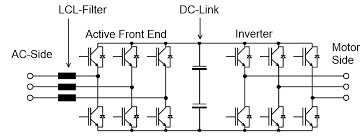
Image credit: Mesta Electronics, Inc.
Harmonic distortion is also the primary contributor to the system’s power factor in VFD applications. Power factor is determined by two variables. The first is the displacement, or phase angle, between the applied voltage and resulting current. For VFD operation, the voltage and current remain in phase, and the displacement between them (cos θ) is kept near unity (1).
The other factor is total harmonic distortion, which has an inverse relationship to the power factor — the higher the THD, the lower the power factor. So an active front end, which reduces harmonic distortion (for example from 45 percent to 5 percent) significantly improves the system’s power factor.

Power factor is essentially a measure of how efficiently the electrical power is being used to perform useful work. Utility companies often penalize industrial customers if their power factor falls below a set threshold, often in the range of 0.85 to 0.95.
Another benefit of active front end drives is their ability to handle regenerative power. The IGBT rectifier design allows four-quadrant operation, meaning the motor can produce either positive or negative torque (as occurs during braking or back driving), during either the forward or reverse motor rotation.
When torque and motor rotation are in different directions (i.e. clockwise torque and counterclockwise motor rotation, or vice-versa), the motor acts like a generator, and the power produced by the motor can be fed back into the electrical supply. This eliminates the need for large resistor banks to dissipate the regenerated energy and reduces costs by feeding the energy back to the line, where it can be reused.


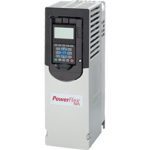
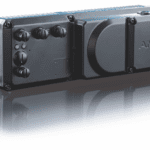
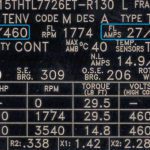
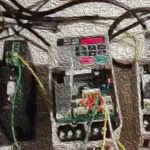

Leave a Reply
You must be logged in to post a comment.